- Images (20)
- Links (0)
- Agenda (0)
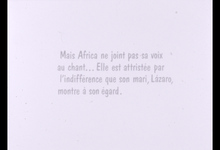
|
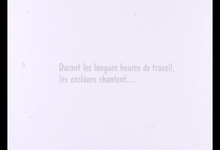
|

|

|

|
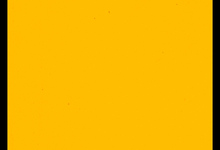
|
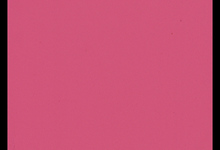
|
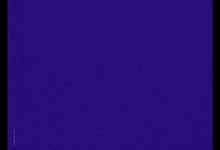
|
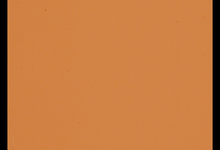
|

|

|

|

|

|

|
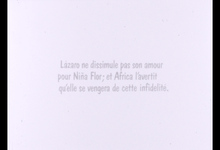
|
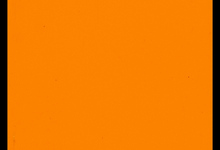
|

|
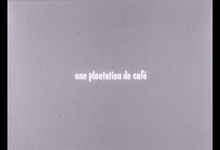
|
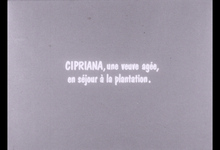
|

|

|

|

|

|

|

|

|

|

|

|

|

|

|

|

|

|

|

|

|

|
by David WHARRY
1981 / 16mm / color / sound / 1 screen / 38' 00 |
Zarzuela cubana by Ernesto Lecuona
with Dolores Perez, Louis Sagi-Vela, Natalia Lombay
On a coffee plantation near Havana in the early 19th century, a slave’s impossible love for the owner’s daughter.
"A musical comedy – rare in experimental film to say the least! Musical comedies often conjure visions in CinemaScope in vivid colours and a story borne along by the music. EL CAFETAL has all these ingredients but with a fundamental difference: the film’s characters are heard but not seen. The viewer is faced with a series of colours in which the sole representation is… their colour. It is up to the audience to imagine, to conjure their own image of the drama and its protagonists. So this is definitely a 'hijacking' of classical cinematography in as much as it is paralysed by the idea that their could be no image. Here, it is that absence that is the departure point of an imaginary film to be 'enacted' by the audience. The filmmaker merely chooses the colours to express the content of each scene – jealousy, love, hate, passion – in order to activate that dream." -yann beauvais
"I wanted to make an invisible film – a musical comedy. But the problem was that for the audience to have the impression they are watching an invisible film, I had to have a story that could be followed and imagined scene-by-scene, shot by shot. I needed a clear narrative, simple to follow with characters easy to visualise, something very 'visual.' So I chose EL CAFETAL by Ernesto Lecuona, a zarzuela cubana, a kind of operetta in which each song is a complete scene in itself. Listening to the film conjured by this music, I imagined that EL CAFETAL was an old Cuban musical whose negative and all the prints had been lost. But not the soundtrack… I had to recreate this long-lost film, these images that now existed only in memory. And I had to respect its format – CinemaScope is the format of memory – and above all its tropical colours. So used the food dyes that bakers use to colour cakes. To make this 'remake' I took lengths of clear acetate with gelatine on one side and dyed them in buckets. I then wound the coloured film out of the buckets onto a pulley system where they dried. I called this whole process the 'filming,' but in fact it was much more than that. Take, for example, a scene or shot with numerous actors and extras, with complex lighting, tracking shots, expensive sets, etc. I could shoot this scene, develop the film and make a print in an hour or so. As the film’s producer, I was the first to appreciate this very economical way of making a musical comedy." -David Wharry
| distribution format | Digital file on USB stick (FHD) |
|---|---|
| screen | 1,37 (single screen) |
| speed | 24 fps |
| sound | sound |
| rental fee | 88,00 € |
| distribution format | DCP on server (INTEROP 2K) |
|---|---|
| version | original version |
| screen | 1,33 (single screen) |
| speed | 24 fps |
| sound | sound |
| rental fee | 88,00 € |